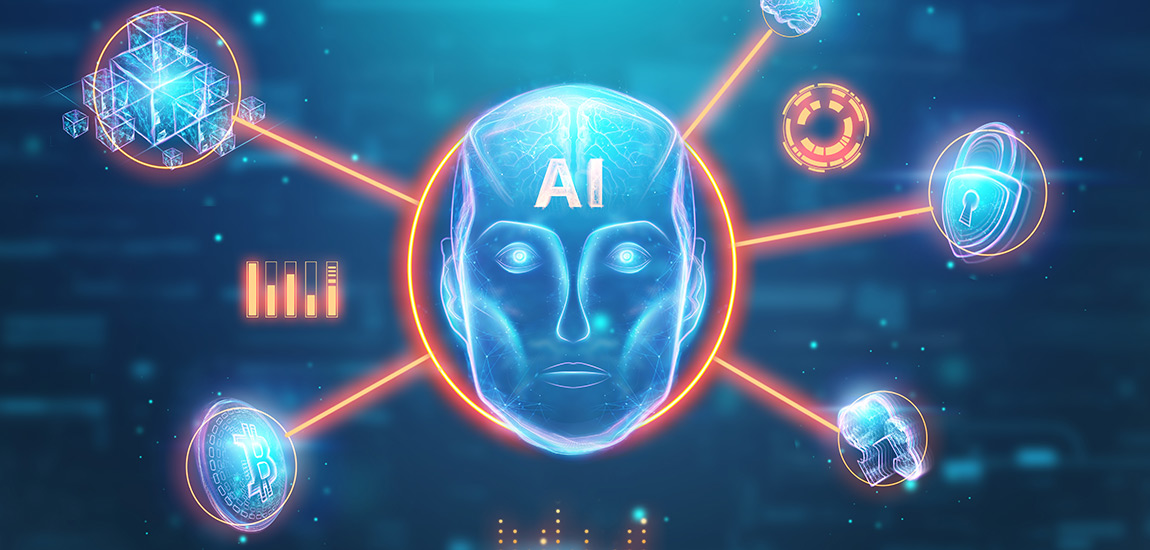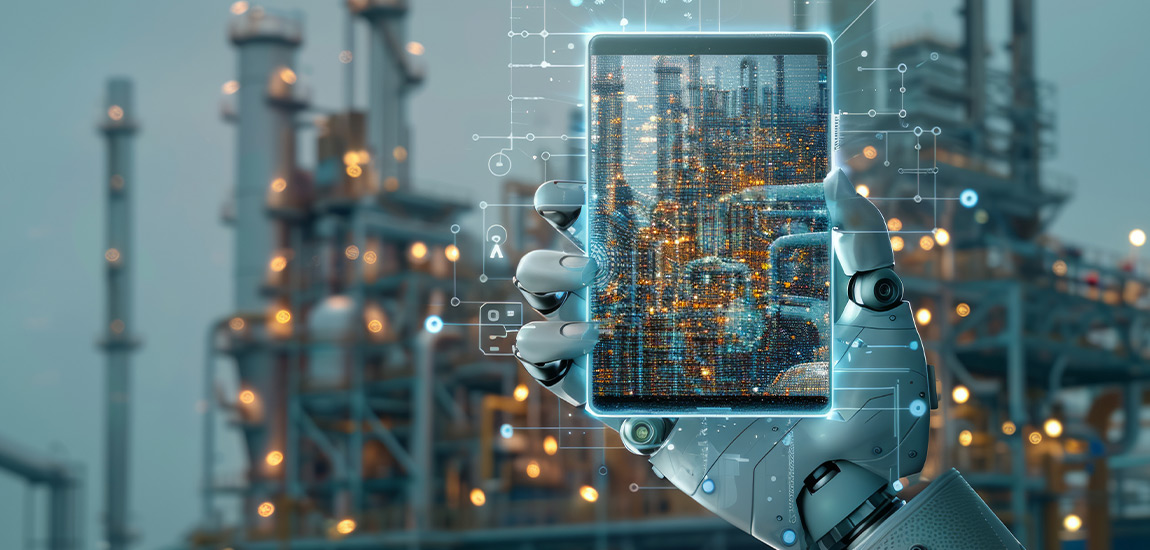Multimodal AI: The Next Leap in Artificial Intelligence
The Dawn of a New AI Era – Artificial Intelligence (AI) has come a long way—from rule-based systems to deep learning, from understanding text to generating lifelike images. But what if AI could seamlessly process and integrate multiple types of data, just like the human brain? Enter Multimodal AI, a groundbreaking advancement that is revolutionizing AI-driven experiences across industries.
From enhancing personalized recommendations to transforming healthcare and customer service, Multimodal AI in business operations is becoming a game-changer. In this blog, we’ll explore the advantages of Multimodal AI over traditional AI, how it works, and why it’s the future of intelligent systems.


What is Multimodal AI? The Future of Machine Learning
Unlike traditional AI models that focus on a single type of data (text, images, or audio), Multimodal AI integrates and processes multiple data types simultaneously. It mimics human perception by understanding and connecting different modalities—text, speech, vision, and even sensor inputs. Some well-known multimodal AI systems include:
- Google Gemini – A cutting-edge model that integrates text, images, and video understanding.
- GPT-4V – A powerful AI that extends text-based capabilities to image processing.
- Meta ImageBind – A model that binds various modalities such as audio, images, and text to create richer AI experiences.
This ability to combine different data streams allows AI to make more informed decisions, creating a leap forward in AI capabilities.
Looking to leverage Multimodal AI for your business? Contact us today to explore cutting-edge AI solutions!
How Multimodal AI Enhances User Experience
One of the biggest advantages of Multimodal AI over traditional AI is its ability to create richer, more interactive experiences. Let’s break it down:
- Better Understanding and Context Awareness: Traditional AI models might struggle with ambiguous inputs. For example, a chatbot powered by text-only AI might misinterpret a customer’s concern. However, Multimodal AI in customer support combines text with tone-of-voice analysis and facial expressions (via video) to assess the customer’s emotions and provide more empathetic responses.
- Improved Personalization and Recommendations: Ever noticed how your Netflix recommendations evolve based on what you watch? Now imagine an AI system that considers your viewing history (text-based data), your facial expressions while watching (vision-based data), and your voice reactions (audio-based data). This kind of Multimodal AI for personalized recommendations allows businesses to refine their algorithms for superior customer satisfaction.
- Enhanced Accessibility: For individuals with disabilities, Multimodal AI in education and healthcare is opening new doors. AI can convert speech into real-time sign language, provide voice-based descriptions of images for the visually impaired, and even generate captions for video content.
Multimodal AI in Business Operations: Transforming Industries
The applications of Multimodal AI in digital transformation are vast. Here’s how various industries are leveraging this revolutionary technology:
- Healthcare – AI models analyze X-rays (visual data) and patient history (text data) to assist doctors in accurate diagnoses.
- Retail – Multimodal AI enhances virtual shopping assistants that recognize voice commands, scan images of products, and offer personalized suggestions.
- Finance – AI fraud detection systems can now combine transaction data, voice call analysis, and facial recognition to prevent fraud in real time.
- Entertainment – In the film and gaming industries, AI can generate scripts based on text prompts, create visuals, and even simulate voiceovers, leading to the rise of Multimodal AI in entertainment.
- Autonomous Vehicles – Self-driving cars use multimodal AI by processing images (road signs, obstacles), GPS signals, and audio instructions to navigate efficiently.
Ready to enhance customer experience with Multimodal AI? Talk to our AI experts today!
Challenges in Developing Multimodal AI Systems
While the potential is immense, Multimodal AI challenges remain. Here are some hurdles developers and businesses need to address:
- Data Complexity – Training AI models to understand multiple data types requires enormous datasets and computational power.
- Integration Issues – Synchronizing different data formats (text, images, video, sensor data) in real-time is a technical challenge.
- Bias and Ethical Concerns – AI models must be trained on diverse datasets to avoid biases and ensure fairness, particularly in Multimodal AI in security and surveillance applications.
Future Trends in Multimodal Artificial Intelligence
- AI-Powered Digital Humans – Imagine virtual assistants with real-time speech, visual expression, and natural conversation skills.
- Multimodal AI for Robotics – Next-gen robots will not only see and hear but also sense and respond to human emotions.
- Integration with IoT – Multimodal AI and IoT devices will enhance smart home automation, security, and remote healthcare.
- Creative Content Generation – The future of Multimodal AI in marketing will include AI-generated advertisements that adapt in real-time based on user engagement.


The Road Ahead for Multimodal AI
The evolution of AI from single-modality models to Multimodal AI-driven solutions is a testament to technological progress. This shift is not just about making AI smarter but about making it more human-like, understanding emotions, and interacting seamlessly across multiple channels.
For businesses and developers, implementing Multimodal AI in business operations will be crucial for staying ahead in an increasingly AI-powered world. While challenges exist, the opportunities far outweigh them. The future of AI is multimodal—are you ready to embrace it? Stay ahead of the curve—because the future of AI is here!




